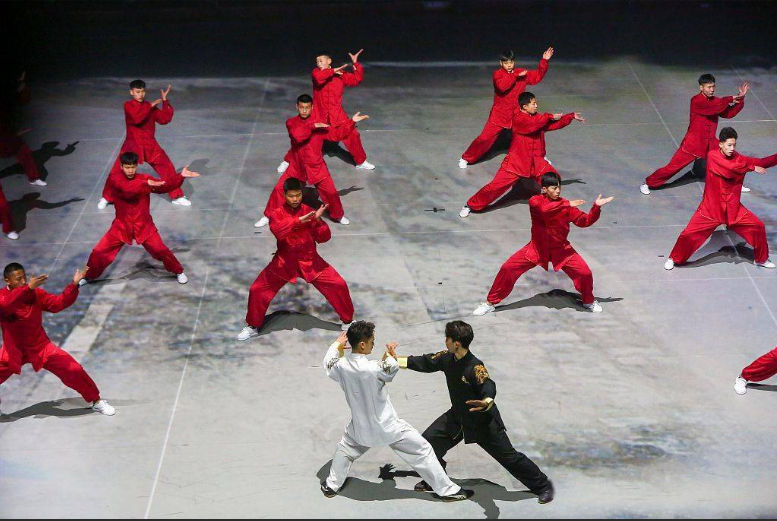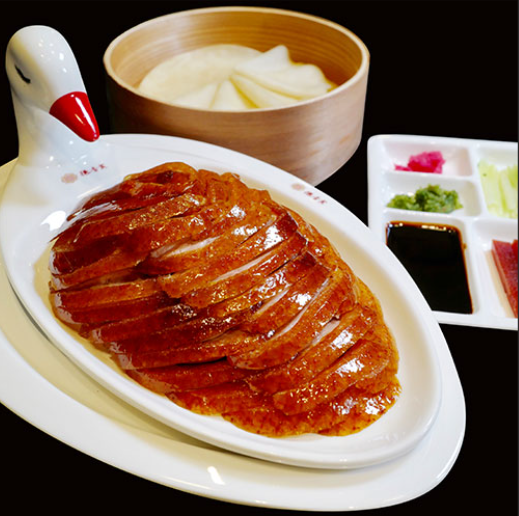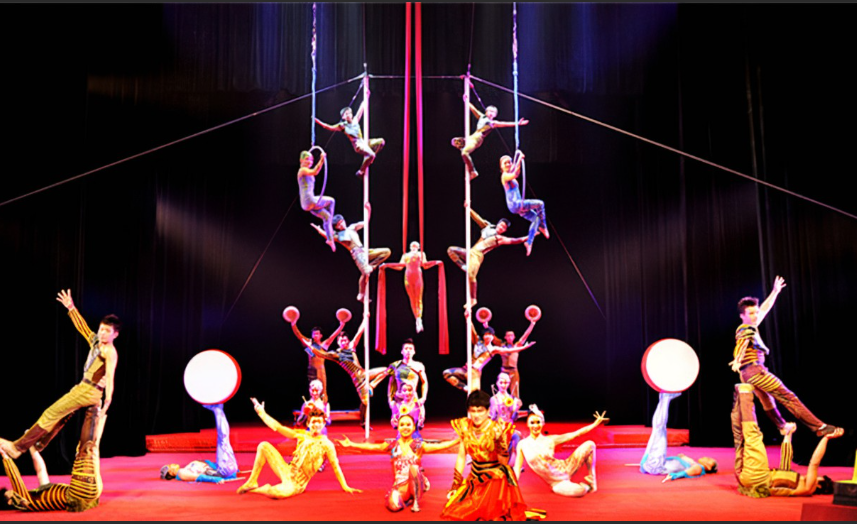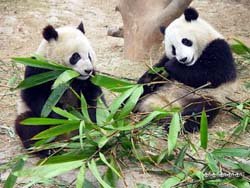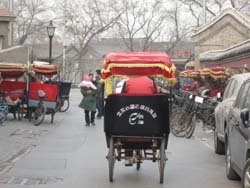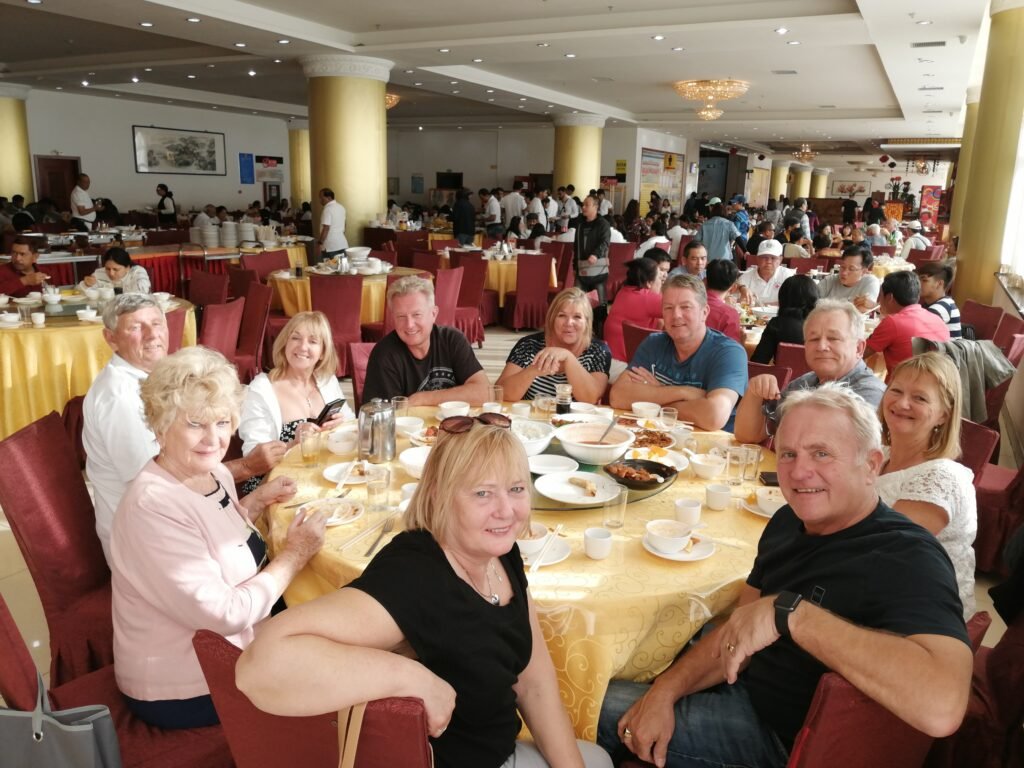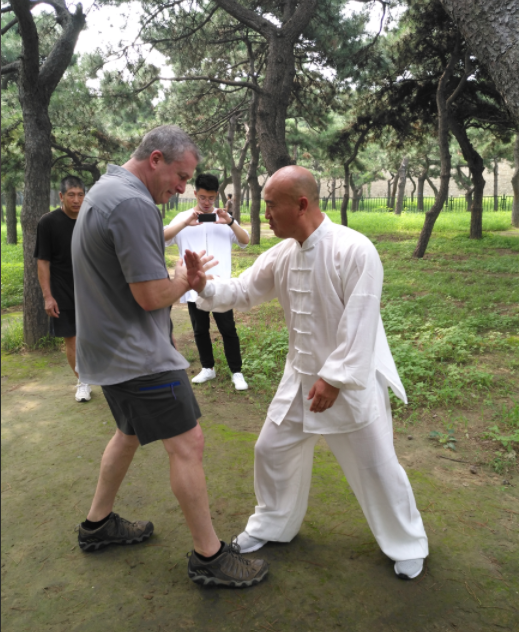📧 3599407152@qq.com 📱WhatsApp : +86 15810701565
 Peking Opera: A Glimpse into China’s Theatrical Treasure
Peking Opera: A Glimpse into China’s Theatrical Treasure
Peking Opera, known as ‘Jingju’ in Chinese, originated in late 18th-century Beijing during the Qing Dynasty. It evolved from a fusion of regional operatic styles. Officially recognized in 1845, it became a cultural symbol blending music, dance, acrobatics, and poetic storytelling, often drawing from Chinese history, legends, and folklore.
Performances feature four core techniques: ‘singing’ (vocal melodies), ‘speech’ (stylized dialogue), ‘acting’ (expressive gestures), and ‘martial arts'(acrobatic combat). Actors use symbolic movements to convey actions—a flicked whip suggests horseback riding, while swirling sleeves imitate wind. The stage is minimalist, relying on imagination: a single prop oar represents a boat, and a circular walk signifies a long journey.
 Instead of masks, Peking Opera uses ‘face painting’ (lianpu) to symbolize character traits. Vibrant colors define personalities: ‘red’ for loyalty (e.g., Guan Yu), ‘white’ for cunning (e.g., Cao Cao), ‘black’ for integrity, and ‘blue/green’ for supernatural beings. Elaborate costumes and headdresses further denote social status—a phoenix crown marks an empress, while a warrior’s armor signals rank.
Instead of masks, Peking Opera uses ‘face painting’ (lianpu) to symbolize character traits. Vibrant colors define personalities: ‘red’ for loyalty (e.g., Guan Yu), ‘white’ for cunning (e.g., Cao Cao), ‘black’ for integrity, and ‘blue/green’ for supernatural beings. Elaborate costumes and headdresses further denote social status—a phoenix crown marks an empress, while a warrior’s armor signals rank.
This art form captivates through its harmony of visual splendor and symbolic depth. Recognized by UNESCO in 2010, Peking Opera preserves China’s artistic legacy while enchanting global audiences with its timeless storytelling. To witness it is to experience a poetic dance of color, sound, and ancient wisdom.
Theater:
 There are many theaters perform some views of Peking Opera, as it is so famous in China. But for the professional performs, only in the theme theaters in China, mosly in Beijing.
There are many theaters perform some views of Peking Opera, as it is so famous in China. But for the professional performs, only in the theme theaters in China, mosly in Beijing.
More Special in Beijing
Beijing Holiday Tour Customized Services
 Peking Opera: A Glimpse into China’s Theatrical Treasure
Peking Opera: A Glimpse into China’s Theatrical Treasure